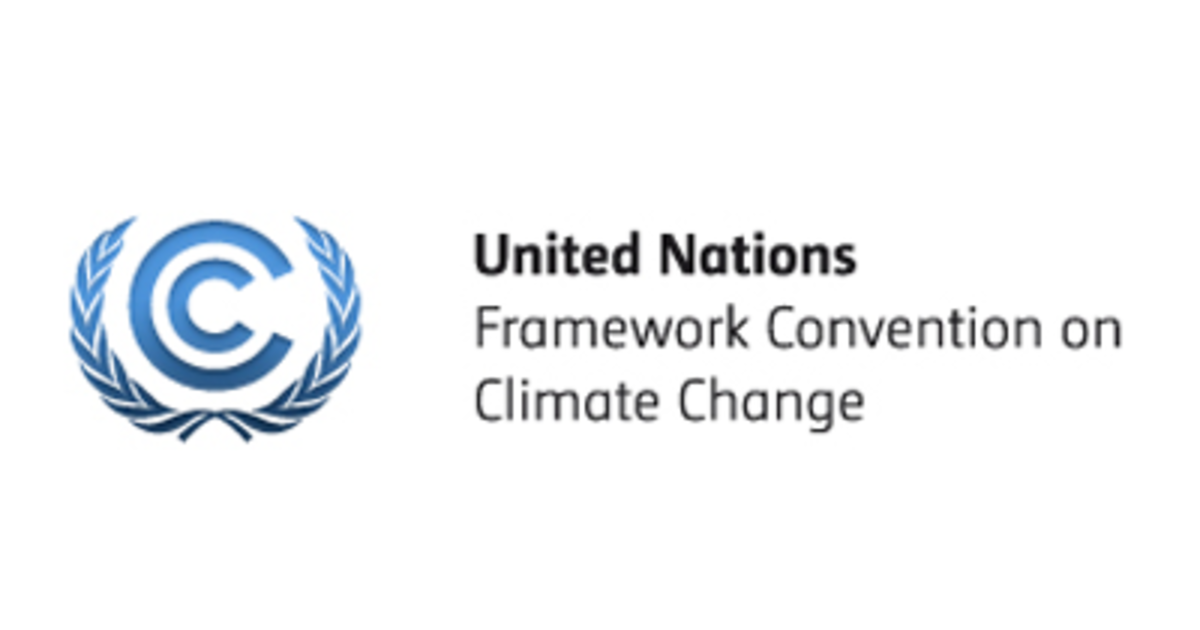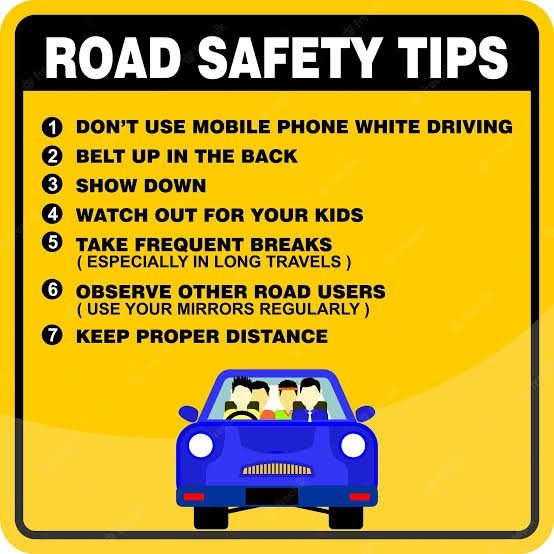GLOBAL REPORT ON ROAD SAFETY
· The Global Status Report on Road Safety 2023, published by the World Health Organization (WHO), provides important information about road traffic fatalities and safety worldwide.
What are the Report's Most Important Highlights?
Fatalities in Car Traffic:
· Between 2010 and 2021, the number of people who died as a result of traffic accidents worldwide decreased by 5%, to 1.19 million annually.
· During this time, 108 UN member nations reported a decrease in road traffic fatalities.
· The number of fatalities in India increased by 15% from 1.34 lakh in 2010 to 1.54 lakh in 2021.
States with Significant Decreases:
· Over 50% of road traffic fatalities were reduced in ten nations: Venezuela, Belarus, Brunei Darussalam, Denmark, Japan, Lithuania, Norway, the Russian Federation, Trinidad and Tobago, and the United Arab Emirates
· Thirty-five additional nations made significant progress, reducing deaths by 30 to 50 percent.
Distribution of Deaths by Region:
· WHO's South-East Asia Region was responsible for 28%, the Western Pacific Region for 25%, the African Region for 19%, the Americas Region for 12%, the Eastern Mediterranean Region for 11%, and Europe for 5% of all road traffic deaths worldwide.
· Despite having only 1% of the world's automobiles, low- and middle-income nations bear a disproportionate burden, with 90% of deaths occurring in these nations.
Road Users Who Are at Risk:
· 53% of all street traffic fatalities are weak street clients, including walkers (23%), riders of fueled two-and three-wheelers (21%), cyclists (6%), and clients of miniature portability gadgets (3%).
· Between 2010 and 2021, cyclist deaths increased by nearly 20% to 71,000, while pedestrian deaths increased by 3% to 274,000.
· However, car and other four-wheeled light vehicle occupant deaths decreased slightly, accounting for 30% of global fatalities.
Policies and safety standards are moving forward:
· While 140 countries, or two-thirds of UN Member States, have laws that meet WHO best practice for at least one of these risk factors, only six countries have laws that meet WHO best practice for all risk factors (speeding, drinking and driving, and using motorcycle helmets, seatbelts, and child restraints).
· Only a small number of nations have laws that mandate safety inspections for motorists and cover key vehicle safety features.
Call for Activity:
· By 2030, the world's motor vehicle fleet is expected to double, necessitating strict safety regulations and infrastructure enhancements.
· The goal of halving the number of people killed in traffic accidents by 2030 set by the United Nations Decade of Action 2021–2030 is outlined in the report.
What are the Drives Connected with Street Wellbeing?
Global:
Declaration of Brasilia on Road Safety (2015):
· At the second Global High-Level Conference on Road Safety in Brazil, the declaration was signed. The Declaration was signed by India.
· The nations intend to accomplish Economical Improvement Objective 3.6 i.e., to divide the quantity of worldwide passings and wounds from street auto collisions by 2030.
Action Plan for Road Safety from 2021 to 2030:
· The ambitious goal of preventing at least 50% of deaths and injuries caused by traffic accidents by 2030 was adopted by the UN General Assembly in the resolution "Improving global road safety."
· By emphasizing the significance of a comprehensive approach to road safety, the Global Plan adheres to the Stockholm Declaration.
Engine Vehicles Change Act, 2019:
· The Act increases the penalties for traffic violations, vehicle defects, driving while underage, and other offenses.
· It establishes a Motor Vehicle Accident Fund that mandates insurance coverage for certain kinds of accidents for all road users in India.
· It also calls for the Central Government to establish a National Road Safety Board.
The 2007 Carriage by Road Act:
· The Act regulates common carriers by limiting their liability and requiring them to declare the value of the goods they deliver to determine their liability for loss or damage caused by themselves, their servants, or agents' negligence or criminal acts, as well as for related or incidental matters.
The Land and Traffic Control of National Highways Act of 2000:
· Control of land within the National Highways, right of way, and traffic moving along the National Highways, as well as the removal of unauthorized occupation thereon, are all governed by the Act.
Indian National Highways Authority Act of 1998:
· The Act establishes a body to be responsible for the creation, upkeep, and management of NHs as well as any related or unrelated issues.
UNFCCC

· The 28th Meeting of Gatherings (COP28) to the Assembled Countries Structure Show on Environmental Change (UNFCCC) was held in Dubai, Joined Middle Easterner Emirates.
What are the Vital Features of the COP28?
Misfortune and Harm (L&D) Asset:
· COP28, part nations agreed to operationalize the Misfortune and Harm (L&D) store pointed toward remunerating nations wrestling with environmental change influences.
· The World Bank will be the "in-between time have" of the asset for a long time, lining up with UNFCCC and the Paris Understanding.
· All agricultural nations are qualified to apply, and each nation is "welcomed" to willfully contribute.
· A particular rate is reserved for Least Created Nations and Little Island Creating States.
Worldwide Stocktake Draft:
· The Worldwide Stocktake (GST) is an occasional survey system laid out under the Paris Understanding in 2015.
· The fourth draft of the GST text was uncovered at COP28.
· The text proposes eight moves toward keep the worldwide temperature increase inside the ambit of 1.5 degrees Celsius:
· Significantly increasing sustainable power limit internationally and multiplying the worldwide typical yearly pace of energy effectiveness upgrades by 2030;
· Quickly staging down unabated coal and restrictions on allowing new and unabated coal power age;
· Speeding up endeavors internationally towards net zero discharges energy frameworks, using zero and low carbon fills a long time previously or by toward the middle of the century;
· Speeding up nothing and low outflows advancements, including, entomb alia, renewables, atomic, reduction and evacuation advancements, including, for example, carbon catch and use and capacity, and low carbon hydrogen creation, to improve endeavors towards replacement of unabated petroleum derivatives in energy frameworks.
· Decreasing both utilization and creation of petroleum derivatives, in a fair, systematic and impartial way to accomplish net zero by, previously, or around 2050 with regards to the science;
· Speeding up and considerably diminishing non-CO2 discharges, including, specifically, methane outflows around the world by 2030;
· Speeding up emanations decreases from street transport through a scope of pathways, including improvement of foundation and fast organization of nothing and low outflow vehicles;
· Eliminating of wasteful petroleum product sponsorships that empower inefficient utilization and don't address energy neediness or simply changes, straightaway.
